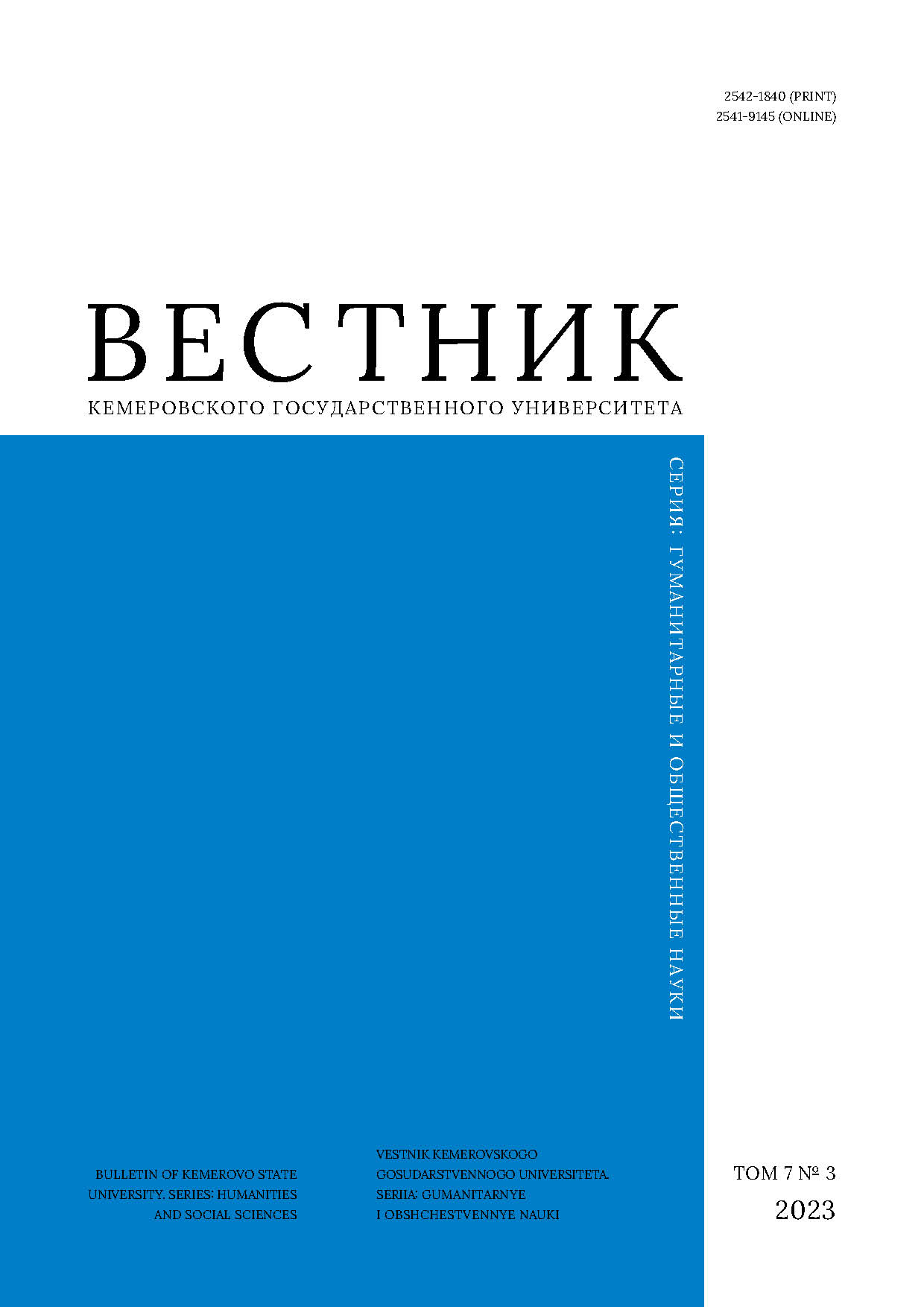Kemerovo, Russian Federation
The economic and social development of Italian fascism lasted from 1913 to the early 1940s. It was fueled by the common economic interests of business elite and right-wing organizations, who combined their efforts to exploit the working class, reduce production costs, and maximize profits. The big business provided financial support for fascist organizations, thus shaping their policy. The legal acts adopted during the transitional period declared the inter-class peace, the mediating role of the state between employees and private business, and the supremacy of national interests. However, the same laws strengthened the economic monopolization, prevented trade unions, and limited economic, political, and social rights of the working class. The resulting corporate state model established a rigid framework for medium and small business, as well as hired workers. Although the state propaganda portrayed the state as a mediator between the worker and the employer, Italian state institutions actually protected the interests of the big business and were formed by it.
fascism, monopolization, market, fractional party, economic rights, corporate state
1. Semenova L. N. Customers and beneficiaries of World War I. World War I and the formation of the Versailles-Washington system of international relations: Proc. Intern. Sci.-Prac. Conf., Vitebsk, 18-20 Oct 2018. Vitebsk: VSU, 2018, 11-15. (In Russ.) https://www.elibrary.ru/ywpwxb
2. Polivanov Ya. M. To a question on the reasons of the World War I: political and diplomatic aspects. Vestnik Kostromskogo gosudarstvennogo universiteta im. N. A. Nekrasova, 2015, 21(3): 32-36. (In Russ.) https://www.elibrary.ru/ucktcv
3. Grigoreva I. V. Italy in XX century. Moscow: Drofa, 2006, 256. (In Russ.) https://www.elibrary.ru/qpchnl
4. Keates J. The history of Italy. Moscow: Astrel, 2012, X+246. (In Russ.) https://www.elibrary.ru/qpxxzr
5. Ridley J. Mussolini. Moscow: AST, 1999, 446. (In Russ.)
6. Guerin D. Fascism and big business. 17th print. NY-London-Montreal-Sydney: Pathfinder, 2016, 421.
7. Schiavi A. I guadagni e le perdite dei partiti nelle elezioni politiche del 1913. La riforma sociale. Rivista critica di economia e di finanza, 1914, anno XXI, vol. XXV, 431-475.
8. Candeloro G. The trade union movement in Italy. Moscow: Izd-vo inostr. lit., 1953, 152. (In Russ.)
9. Payne S. G. A history of fascism, 1914-1945. Madison: University of Wisconsin Press, 1995, 628.
10. Mack Smith D. Modern Italy: a political history. New Haven-London: Yale University Press, 1997, 534.
11. Damier V. V. History of anarcho-syndicalism: a brief essay. 2nd ed. Moscow: LIBROKOM, 2010, 152. (In Russ.) https://www.elibrary.ru/qvndpl
12. Snowden F. M. The fascist Revolution in Tuscany, 1919-1922. Cambridge-NY: Cambridge University Press, 1989, XII+295. https://doi.org/10.1017/CBO9780511599590
13. Felice R. D. Storia degli ebrei italiani sotto il fascismo. 4a ed., riv. e ampliata. Torino: Einaudi, 1988, XX+647.
14. Alatri P. The origin of fascism. Moscow: Izd-vo inostr. lit., 1961, 462. (In Russ.)
15. Matteotti G. The fascisti exposed a year of fascist domination. London: Independent Labour Party Publication Department, 1924, XI+128.
16. Lopukhov B. R. History of the fascist regime in Italy. Moscow: Nauka, 1977, 296. (In Russ.)
17. Rossi E. Padroni del vapore e fascismo. 1a ed., riv. e ampliata. Bari: Laterza, 1966, 355.
18. Milza P., Berstein S. Le fascisme italien: 1919-1945. Paris: Éditions du Seuil, 1980, 434.
19. Slobodskoi S. M. Italian fascism and its collapse. Moscow: OGIZ; Gospolitizdat, 1946, 207. (In Russ.)
20. Saraceno P. Il sistema delle imprese a partecipazione statale nell'esperienza italiana. Milano: Giuffrè, 1975.
21. James H., Kevin H. O'Rourke. Italy and the first age of globalization, 1861-1940. The Oxford handbook of the Italian economy since unification, ed. Toniolo G. NY: Oxford University Press, 2013, 37-68. https://doi.org/10.1093/oxfordhb/9780199936694.013.0002
22. Grifone P. Il capitale finanziario in Italia: la politica economica del fascismo. 2a ed. Roma: Einaudi, 1971, 233.
23. Baran V. I., Baran E. P. Quantitative indicators level of monopolization. Vestnik Rossijskogo universiteta kooperatsii, 2014, (2): 112-116. (In Russ.) https://www.elibrary.ru/sjiugd
24. Sereni E. Fascist war policy in agriculture. In: Sereni E. Agrarian question in Italy: Italian peasantry in the struggle for democracy. Moscow: Izd-vo inostr. lit., 1949, 280-318. (In Russ.)
25. Lopukhov B. R. Fascist state and monopolies. History of fascism in Western Europe, ed. Filatov G. S. Moscow: Nauka, 1978, 87-91. (In Russ.)


















